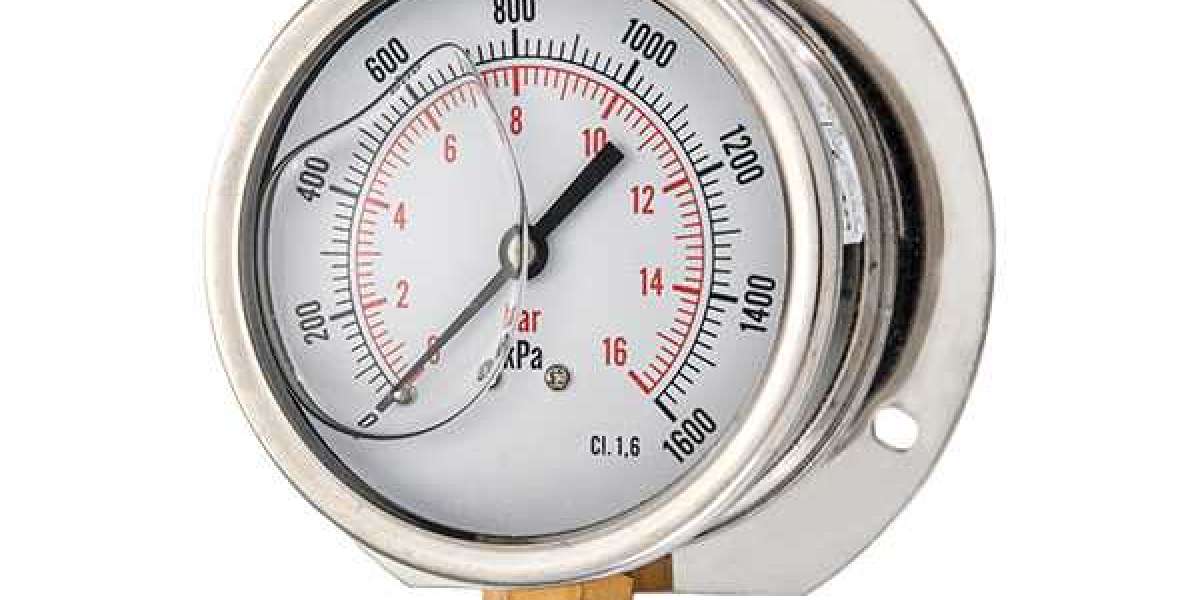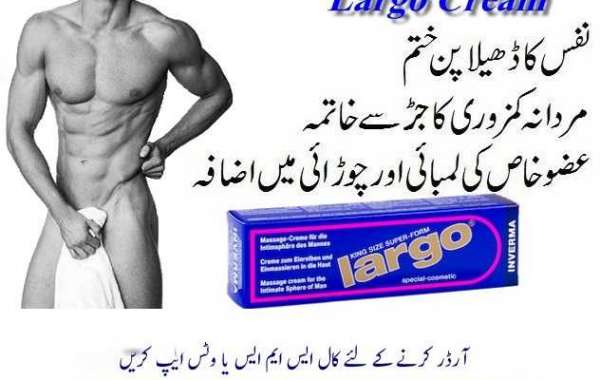As we all know, vibration, pulsation, and pressure peaks are the most common causes of pressure gauge performance degradation and failure. As we all know, in today's extremely demanding world, instruments in the oil, gas, and chemical industries, as well as other applications in processing plants, must work day after day under these harsh conditions.
Pumps, compressors, and other rotating and moving equipment are often subject to strong vibrations, which not only wear out the instrument but may also cause errors because vibration makes it difficult to read the gauge and may cause the pointer mechanism to deviate from zero. Using liquid-filled pressure gauges instead of dry pressure gauges can minimize these problems. In the long run, liquid-filled pressure gauges have fewer problems and less downtime and are a more cost-effective solution.
In a silicone-filled pressure gauge, usually, the case is filled with non-aqueous fluid, which can effectively suppress vibration, pulsation, and pressure peaks. The fluid can also be used as a lubricant and protect the precise parts of the instrument. The liquid-filled pressure gauge is sealed. They prevent the ingress of dust and moisture, prevent condensation and reduce visibility problems in high humidity conditions. Sealing also makes them an excellent choice for applications in corrosive environments.
Choosing the right fluid for the filling gauge is essential to ensure good performance and long life. Vacuum pressure gauge Manufacturers.
There are multiple options, and your decision should be based on the temperature range and the medium in which the pressure gauge will be used. For example, too high a temperature may cause the liquid to decompose, and too low a temperature may cause the liquid to solidify. In both cases, it will affect the performance of the liquid and thus the performance of the instrument.



